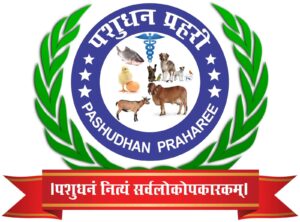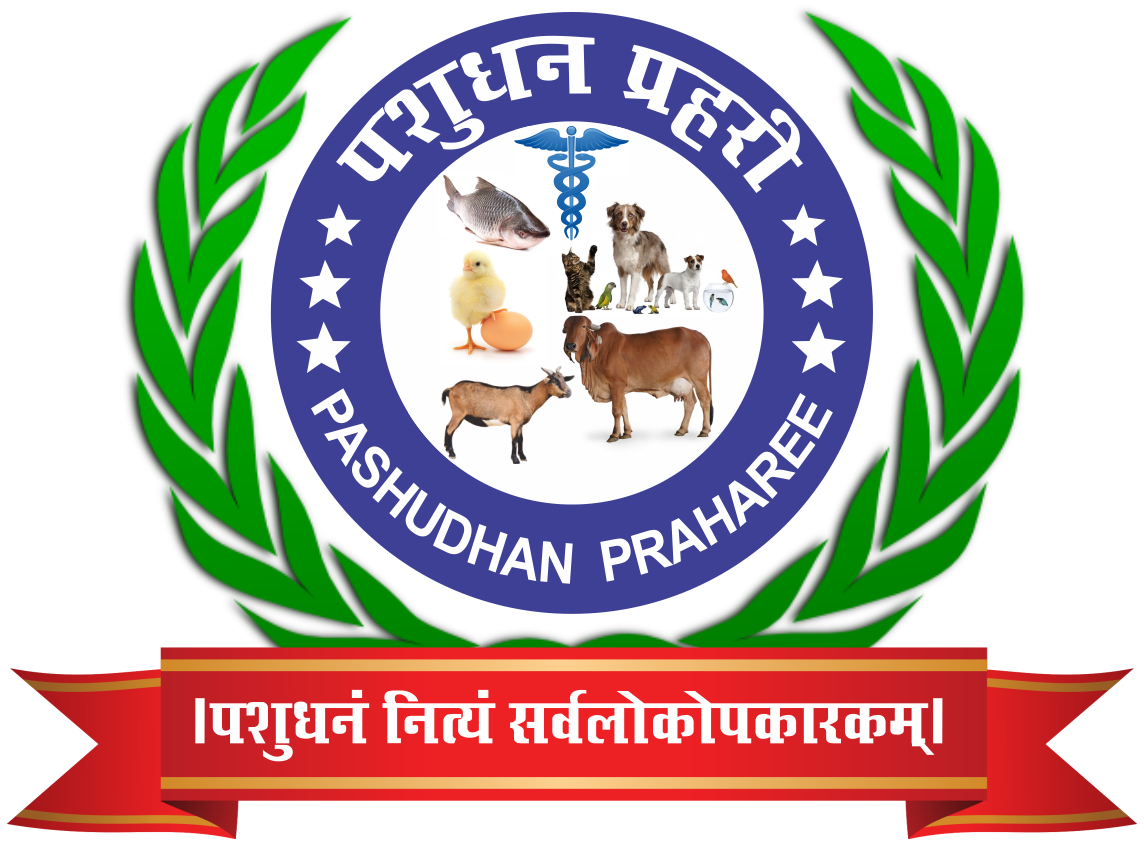Proper Management of Diabetes in Dogs: Insulin Dosage and Care
Managing diabetes in dogs requires a structured approach, combining insulin therapy, diet, and lifestyle modifications. Proper dosing and monitoring are critical to ensuring a stable blood glucose level and preventing complications. Proper management of diabetes in dogs is essential to ensure a high quality of life and prevent complications. Diabetes mellitus in canines is primarily managed through a combination of insulin therapy, dietary regulation, consistent exercise, and regular monitoring.
Insulin Therapy and Dosage
Insulin Therapy: Administering insulin is the cornerstone of diabetes management in dogs, as it helps regulate blood glucose levels. The appropriate type and dosage of insulin should be determined by a veterinarian, considering factors such as the dog’s weight, age, and overall health. Consistency in the timing and dosage of insulin injections is crucial for effective management.
Most diabetic dogs require insulin injections, typically twice daily. The commonly used types include:
NPH (Neutral Protamine Hagedorn) insulin
Lente insulin
Glargine or Detemir insulin (less commonly used in dogs but may be beneficial in specific cases)
Starting Dose:
The initial recommended dose is 0.25 to 0.5 units/kg body weight, given subcutaneously every 12 hours.
Dosage adjustments should be based on blood glucose curves, clinical signs, and fructosamine levels.
Monitoring and Adjustment
Glucose curve testing: Conducted every 7–14 days after initiating or adjusting insulin, measuring blood glucose every 2 hours for 12 hours post-injection.
Fructosamine levels: Reflects average blood glucose levels over the past 2–3 weeks, used for long-term management.
Clinical signs: If excessive thirst, urination, or weight loss persists, insulin dose may need modification.
Dietary and Lifestyle Considerations
Dietary Management: A balanced and consistent diet plays a vital role in controlling blood sugar levels. Feeding your dog at the same times each day with a diet recommended by your veterinarian can help maintain stable glucose levels. Avoiding treats high in sugar and ensuring portion control are also important aspects of dietary management.
Consistent meal timing: Dogs should be fed a balanced, high-fiber, moderate-protein diet at the same time as insulin administration.
Weight management: Obesity worsens insulin resistance, so controlled calorie intake and regular exercise are essential.
Avoid rapid changes: Any adjustments in diet, exercise, or insulin should be gradual and veterinarian-guided.
Regular Exercise: Incorporating regular, moderate exercise into your dog’s routine can aid in maintaining an optimal weight and improving insulin sensitivity. Activities such as daily walks or play sessions should be kept consistent in duration and intensity to prevent fluctuations in blood glucose levels.
Recognizing Insulin Overdose (Hypoglycemia)
Signs include weakness, confusion, tremors, seizures, or collapse. Immediate intervention with glucose supplementation (honey or sugar water applied to the gums) is necessary, followed by urgent veterinary care.
Effective diabetes management requires commitment, routine monitoring, and regular veterinary visits. With proper care, diabetic dogs can lead a healthy and active life.
Monitoring and Veterinary Care: Regular monitoring of your dog’s blood glucose levels is essential to assess the effectiveness of the management plan. Periodic veterinary visits allow for adjustments in treatment and early detection of potential complications. Owners should be vigilant for signs of hypo- or hyperglycemia and consult their veterinarian with any concerns. By adhering to a comprehensive management plan that includes insulin therapy, proper diet, regular exercise, and ongoing monitoring, dogs with diabetes can lead healthy and fulfilling lives.



